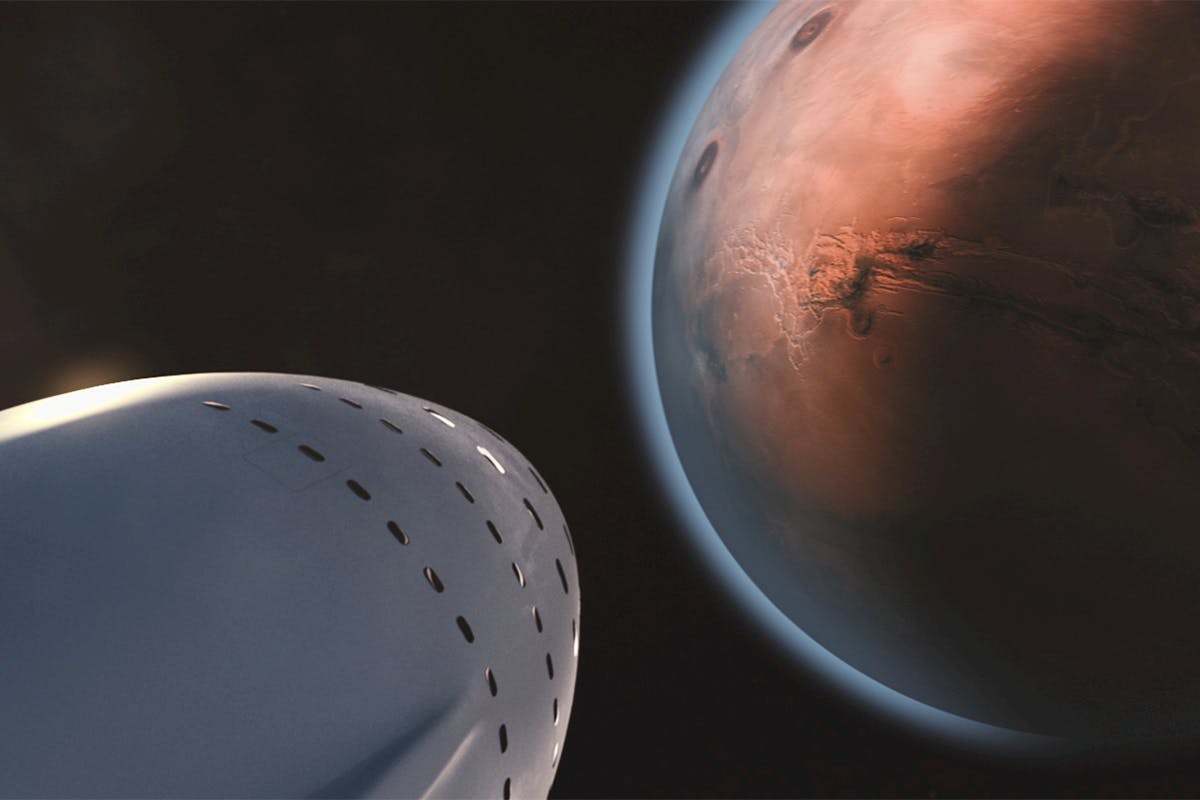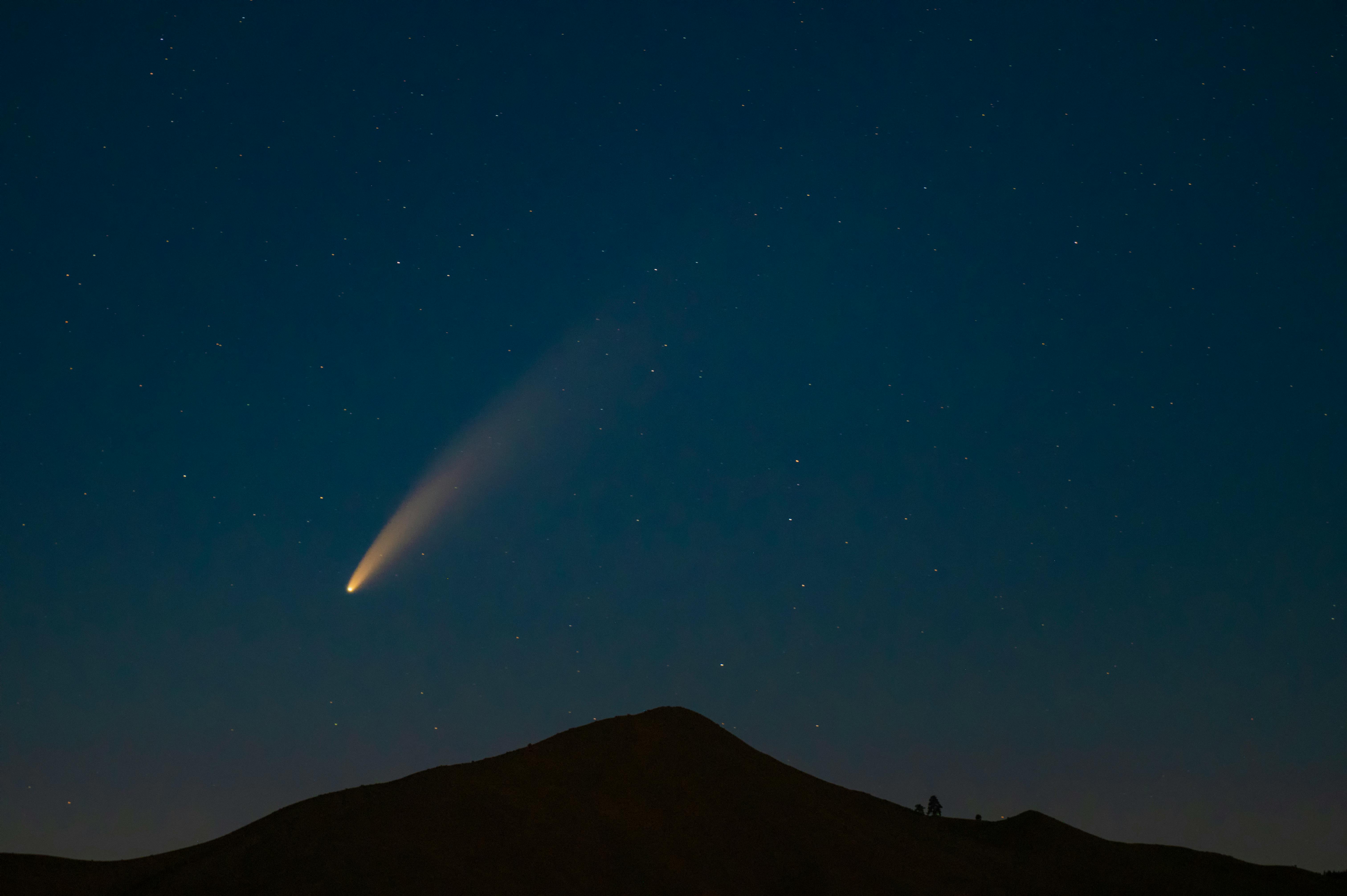Abstract
3I/ATLAS (C/2025 N1) is the third confirmed interstellar visitor to the Solar System and the first to present a combination of early water activity beyond 3 au, a spatially extended and CO₂-rich coma, and high-resolution optical spectra reporting Ni I emission without a corresponding Fe I detection in some epochs. This living evidence log consolidates primary observations—dates, instruments, geometric parameters, detections, and production rates—and interprets them conservatively against established coma models and instrumental constraints. The pre-perihelion record supports a working classification of a volatile-rich interstellar comet whose chemistry and dust environment differ in instructive ways from 1I/ʻOumuamua and 2I/Borisov. Perihelion in late October 2025 offers a decisive window to test the stability of CO₂/H₂O ratios, to probe the mechanism of Ni release, and to compare species-dependent spatial profiles at higher signal-to-noise.
1. Introduction
The discovery of 3I/ATLAS by the ATLAS survey on 1 July 2025 and its subsequent confirmation by the Minor Planet Center add a third anchor point to the emerging taxonomy of interstellar small bodies. ʻOumuamua, largely inactive, forced a reappraisal of non-gravitational forces and outgassing physics in low-activity regimes; Borisov, by contrast, resembled a classical comet with strong CO, providing a familiar benchmark with an interstellar provenance. 3I/ATLAS does not map cleanly onto either precedent. The object exhibits water-related emission at unexpectedly large heliocentric distances, conspicuous CO₂ signatures with substantial spatial extent, and a metal-line pattern that has so far resisted the simplest solar-system analogies. Those features are not merely curiosities: they bear directly on the storage and release of volatiles in extrasolar planetesimals and on the thermal and chemical histories those bodies experienced before ejection.
2. Sources, Methods, and Curation
This review privileges primary sources: Minor Planet Electronic Circulars; instrument and mission pages; preprints; and peer-reviewed articles. For each entry we record the UT midpoint, the observing facility and instrument, the stated geometry (heliocentric distance, observer distance, and phase angle when available), the observables targeted, and any quantitative results with uncertainties. Where production rates depend on modeling choices—Haser-style coma representations, fluorescence efficiencies, or reddening assumptions—we preserve the authors’ conventions and flag the principal caveats. The log is append-only: corrections or refined reductions appear as new rows with explicit dates, while the Changelog documents editorial actions.
3. Observational Record to Date
The campaign has spanned ultraviolet, infrared, and optical regimes. Swift/UVOT reports OH emission at 3085 Å at a heliocentric distance of roughly 3.5 au, yielding a water production rate on the order of 1.35×10²⁷ s⁻¹ with uncertainties at the few-tenths level [4]. JWST/NIRSpec identifies CO₂, CO, and H₂O in both solid and gaseous phases and notes a comparatively high CO₂/H₂O environment, with detailed ratios reserved for forthcoming manuscripts [5]. SPHEREx resolves an extended CO₂ coma with a radius of at least 3.48×10⁵ km and infers Q(CO₂) ≈ 9.4×10²⁶ s⁻¹, alongside upper limits for H₂O and CO consistent with its spectral coverage and sensitivity [6]. On the optical side, VLT/X-shooter and UVES report numerous Ni I lines while setting upper limits on Fe I at comparable epochs and geometries; the reported dust continuum slope of approximately 21–22% per 1000 Å indicates a reddened, dust-rich coma typical of active comets but with noteworthy spectral detail [7,8]. Keck/KCWI integral-field mapping suggests that Ni emission is more centrally concentrated than CN and exhibits a shorter e-folding radius, a pattern that implies species with distinct parent lifetimes or release pathways [9]. Ephemerides compiled by NASA place perihelion on 29–30 October 2025 at roughly 1.4 au, with Earth at distances that preclude any hazard [2,3].
For convenience, the principal detections and reductions are retained in tabular form below. Geometry is quoted as reported by the originating teams; where sources provide a range, the midpoint is tabulated.
| Date (UT) | Facility / Instrument | Geometry | Observable(s) | Quantitative Result(s) | Notes | Ref. |
|---|---|---|---|---|---|---|
| 2025-07-01 | ATLAS (W68, Chile) | Discovery | Astrometry/photometry | — | Interstellar candidate; MPC confirms 3I/ATLAS = C/2025 N1. | [1] |
| 2025-07-31 to 08-01 | Swift/UVOT | r⊙ ≈ 3.51 au | OH (3085 Å) → H₂O | Q(H₂O) = (1.35 ± 0.27) × 10²⁷ s⁻¹ | Early water activity beyond 3 au, plausibly supported by large icy grains. | [4] |
| 2025-08-06 | JWST / NIRSpec | r⊙ ≈ 3.3–3.4 au | IR features | CO₂, CO, H₂O (solid+gas); high CO₂/H₂O indicated | Detailed ratios pending manuscript. | [5] |
| Mid-Aug 2025 | SPHEREx (+ IRTF) | r⊙ ≈ 3.1–3.2 au | CO₂ coma; H₂O-ice absorption | Q(CO₂) ≈ 9.4×10²⁶ s⁻¹; coma radius ≥ 3.48×10⁵ km; 3σ limits: Q(H₂O) ≲ 1.5×10²⁶ s⁻¹, Q(CO) ≲ 2.8×10²⁶ s⁻¹ | Continuum dominated by dust; no obvious jets in SPHEREx imaging. | [6] |
| 2025-08-21 to 08-25 | VLT / X-shooter, UVES | r⊙ ≈ 2.8–2.9 au | Optical spectra | CN; numerous Ni I; Fe I not detected; continuum slope ~21–22%/10³ Å | Natural Ni release mechanisms discussed; Fe upper limits set. | [7,8] |
| 2025-08-24 | Keck II / KCWI (IFU) | r⊙ ≈ 2.75 au | Spatial mapping | Ni more centrally concentrated than CN; Ni e-folding radius shorter by ~200 km | Species-dependent parentage and lifetimes inferred. | [9] |
| Sep–Oct 2025 | NASA overviews | Campaign | Ephemerides/visibility | Perihelion 29–30 Oct; Earth distance ≳ 1.8 au | No hazard indicated. | [2,3] |
| 2025-09–10 (perihelion approach; midpoints per instrument) | STEREO-A / SECCHI HI1, COR2; SOHO / LASCO C3; NOAA GOES-19 / CCOR-1 | r⊙ → 1.36–1.40 au (perihelion 2025-10-29 UT); Δ ≈ 1.9 au | Space-based white-light photometry & color | Comet brightness scaled as r⊙^(-7.5 ± 1.0) approaching perihelion; LASCO color shows object bluer than the Sun (gas-dominated emission); CCOR-1 resolved coma ~4 arcmin at peak | Perihelion occurred behind the Sun from Earth; solar coronagraphs/heliospheric imagers provided uninterrupted monitoring | |
| 2025-11-01 to 11-03 | Lowell Discovery Telescope (4.3 m) + amateur imagers (e.g., 152-mm RC) | r⊙ ≈ 1.39–1.41 au; Δ ≈ 1.86–1.88 au; elongation increasing | Post-conjunction ground detections (imaging) | Imaging detections reported as the comet cleared conjunction and rose before dawn; early frames from LDT (Nov 1 UT) and small-aperture rigs (Nov 1–3 UT). Limiting magnitudes vary by site/airmass; preliminary reports indicate faint, compact coma recoverable with stacking | Treat as observer reports pending formal notes/CBET; useful for planning November photometry as elongation improves |
4. Results and Interpretation
Taken together, the detections argue for a volatile-rich interstellar comet with a coma dominated by CO₂ and dust, yet capable of sustaining water-related emission at heliocentric distances that, for many solar-system comets, would produce low activity. The Swift-derived water production rate at roughly 3.5 au falls within the upper envelope of comparable measurements and suggests that large icy grains or clumps are contributing to the OH signal by sublimating at distances where nucleus-only sublimation would be muted [4]. The SPHEREx-resolved CO₂ coma, both in its spatial scale and inferred production rate, presents an environment in which CO₂ is not a minor participant but a controlling species. The JWST indications of a high CO₂/H₂O ratio are consistent with that picture, although firm abundance ratios await publication of instrument-specific modeling assumptions [5,6].
The metal-line detections pose a more nuanced question. Independent VLT datasets report numerous Ni I lines and set upper limits on Fe I at comparable epochs. There is, to date, no requirement to invoke non-natural explanations: nickel can be released through gas-phase processes, possibly involving carbonyl chemistry in CO-rich environments, and differential sputtering or grain-surface processes could plausibly favor Ni over Fe in the observable phase. The Keck/KCWI spatial mapping strengthens the case for species-dependent lifetimes and release pathways by demonstrating a more compact Ni distribution than CN with a shorter e-folding radius [7–9]. Further high-dispersion work around perihelion should be able to confirm whether Fe remains suppressed or simply under the detection threshold of current integrations.
5. Implications
If sustained, the observed chemistry favors formation or long-term storage of volatiles near CO₂ stability regimes in the parent system, with subsequent processing that preserved CO₂ to heliocentric distances where it remains active. The early water activity suggests that the coma may be seeded by icy grains liberated from the surface or sub-surface, offering a probe of grain size distributions and cohesion in an interstellar context. The Ni-rich, Fe-poor optical signature—should it persist—would expand the known diversity of metal-line environments in comets and, by extension, the range of mineralogical and chemical pathways available in planetesimal evolution beyond the Solar System.
6. Outlook: Perihelion and After
Perihelion in late October 2025 is the critical inflection point. Time-series spectroscopy with JWST, SPHEREx, IRTF, and large-aperture ground facilities can establish whether the CO₂/H₂O ratio remains stable as insolation increases or whether it evolves toward a more water-dominated regime. High-dispersion optical observations with VLT and Keck can deepen the search for Fe I, refine line ratios, and measure velocity widths that discriminate between competing release mechanisms. Additional IFU mapping can exploit favorable geometry to compare the spatial behavior of Ni, CN, and other tracers, while coordinated photometry and polarimetry can track dust color slopes and grain-size evolution across changing phase angles. Collectively, these efforts will determine whether 3I/ATLAS is an outlier or an early representative of a broader interstellar population with CO₂-forward chemistry.
7. Data Availability and Versioning
All quantitative values reported here are taken from the cited primary sources. Upon stable publication of instrument-team tables, we will mirror those data as CSV files under /data/ and provide reproducible notebooks in /notebooks/ that generate derived figures stored in /figures/. The evidence log is append-only; revisions appear as dated rows with a brief editorial note. The Changelog records document-level edits.
8. Changelog
2025-10-18 — Initial analyst-grade compilation (Swift, SPHEREx, JWST, VLT, Keck) with narrative synthesis and research-grade table.
2025-11-03. — Added perihelion entry (HI1/COR2/LASCO/CCOR-1; r^-7.5 law; blue color; ~4′ CCOR-1 coma). Appended post-conjunction first ground detections (Nov 1–3 UT; LDT + small-aperture imagers) flagged as observer reports.
9. Acknowledgments
We acknowledge the teams operating ATLAS, Swift/UVOT, JWST/NIRSpec, SPHEREx, VLT (X-shooter/UVES), and Keck/KCWI, and the Minor Planet Center for rapid dissemination of astrometry and designations.
References
[1] Minor Planet Center (2025). MPEC 2025-N12: Designation and confirmation of 3I/ATLAS (C/2025 N1).
[2] NASA (2025). 3I/ATLAS Campaign Overview / Ephemerides.
[3] NASA SPHEREx / JWST Campaign Pages (2025). Visibility, geometry, and observing plans for 3I/ATLAS.
[4] Xing, et al. (2025). Water Detection in the Interstellar Object 3I/ATLAS via Swift/UVOT OH (3085 Å). arXiv preprint.
[5] NASA/GSFC (2025). JWST/NIRSpec early results on 3I/ATLAS: CO₂-rich coma; H₂O (solid+gas), CO₂, CO identified.
[6] SPHEREx Team (2025). Extended CO₂ coma and water-ice signatures in 3I/ATLAS; preliminary production rates and upper limits. arXiv preprint & project note.
[7] VLT/X-shooter Collaboration (2025). Optical spectroscopy of 3I/ATLAS: CN detection; numerous Ni I lines; Fe I not detected; continuum slope. arXiv preprint.
[8] VLT/UVES Follow-up (2025). Refined constraints on Fe I and metal-line ratios in 3I/ATLAS. arXiv preprint.
[9] Keck/KCWI Team (2025). IFU mapping of 3I/ATLAS: spatial profiles of Ni and CN; species-dependent e-folding radii. arXiv preprint.
Share this article

yankee0one
Decade of experience watching PBS Space Time
Related Articles
Unlocking the Cosmos with the Vera Rubin Observatory
How to access LSST data releases and explore cosmic anomalies through the Rubin Science Platform.
Read more
Reconstructing UFO Sightings with Sora and Generative AI
Using AI to recreate UFO sightings from witness reports
Read more
Mars in 2025: Countdown to Humanity’s First Step
The year 2025 marks a turning point in Mars exploration, with key technology tests, mission planning milestones, and international collaboration paving the way for human arrival in the 2030s.
Read more